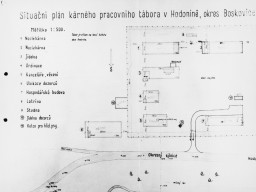You searched for: ���������������������,���������������500������������������fuk7778���CmYR
<< Previous | Displaying results 1-10 of 69 for "���������������������,���������������500������������������fuk7778���CmYR" | Next >>
-
Rescue in Denmark
ArticleThe Danish resistance movement, assisted by many ordinary citizens, coordinated the flight of some 7,200 Jews to safety in nearby neutral Sweden. Learn more about rescue in Denmark.
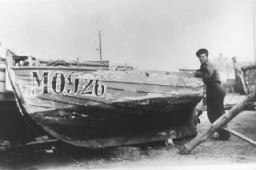
-
Poking Pine City Displaced Persons Camp
ArticleAfter WWII, many Holocaust survivors, unable to return to their homes, lived in displaced persons camps in Germany, Austria, and Italy. Read about Poking Pine City DP camp.
-
Berga-Elster ("Schwalbe V")
ArticleAt the Berga-Elster subcamp of Buchenwald, prisoners were forced to do dangerous and brutal work in tunnels to support fuel production for the German war effort.
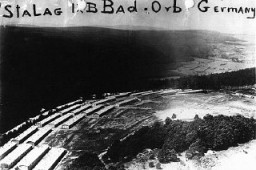
-
Izak Lichtenstein Testimony Excerpt
ArticleRead an excerpt from Izak Lichtenstein’s 1947 testimony about the resistance movement in the Lachva (Lachwa) ghetto.
-
Survivors prepare food
PhotoSoon after liberation, camp survivors cook in a field. Bergen-Belsen, Germany, after April 15, 1945. In the days before liberation, the prisoners had been left without food or water. An estimated 500 inmates per day died in the days preceding and following liberation.
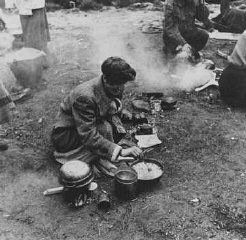
-
Mechelen
ArticleThe Mechelen camp, halfway between Antwerp and Brussels, was a transit camp for the deportation of Jews from Belgium during the Holocaust.
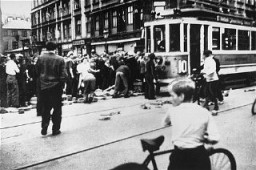
-
Eschwege Displaced Persons Camp
ArticleAfter WWII, many Holocaust survivors, unable to return to their homes, lived in displaced persons camps in Germany, Austria, and Italy. Read about Eschwege DP camp.
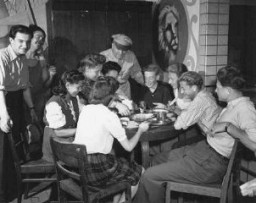
-
Ebensee Displaced Persons Camp
ArticleAfter WWII, many Holocaust survivors, unable to return to their homes, lived in displaced persons camps in Germany, Austria, and Italy. Read about Ebensee DP camp.
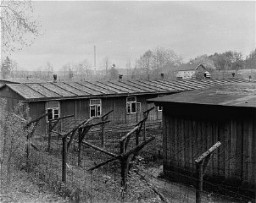
-
Lampertheim Displaced Persons Camp
ArticleAfter WWII, many Holocaust survivors, unable to return to their homes, lived in displaced persons camps in Germany, Austria, and Italy. Read about Lampertheim DP camp.
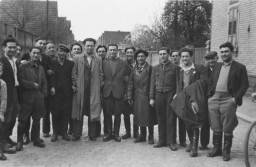
-
Diagram of the “Gypsy camp” in Hodonín u Kunštátu
DocumentDiagram of the Hodonín u Kunštátu (Hodonin bei Kunstadt) camp in the Protectorate of Bohemia and Moravia (Czech Republic). Before it was converted into a Zigeunerlager (“Gypsy camp”) in 1942, it served as a penal labor camp. Translation of key: Scale 1:500 Sleeping quarters Sleeping quarters Mess-hall Infirmary Offices, prison Living quarters for guard staff Economic/Agricultural Building Latrine Well Mess-hall for guard staff Pens for guard dogs
